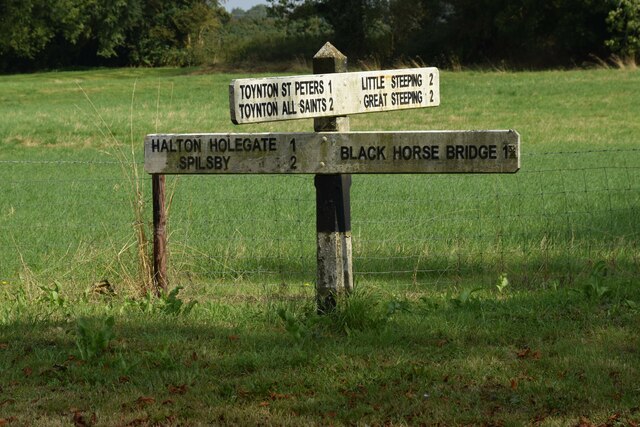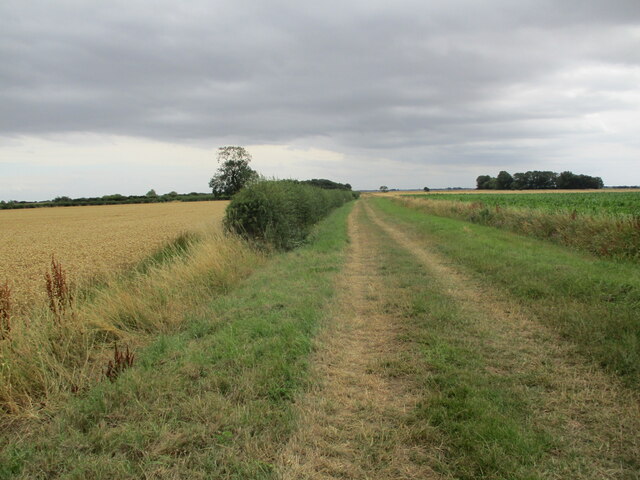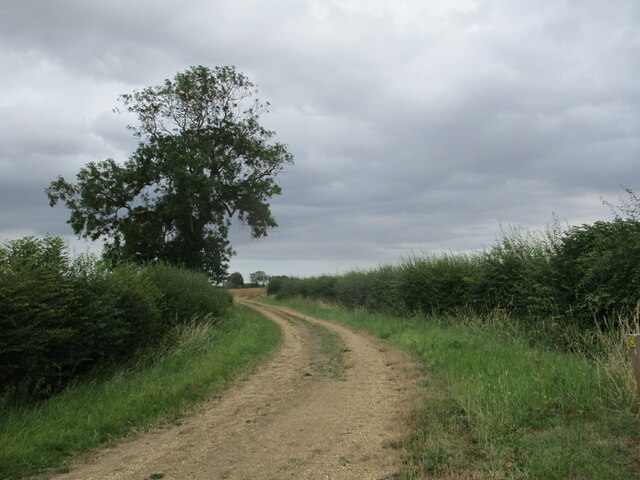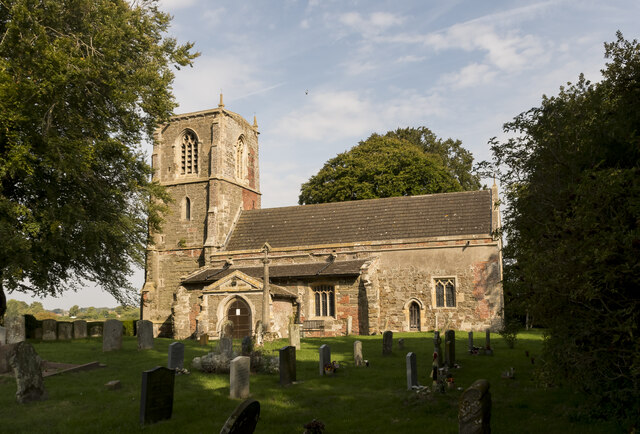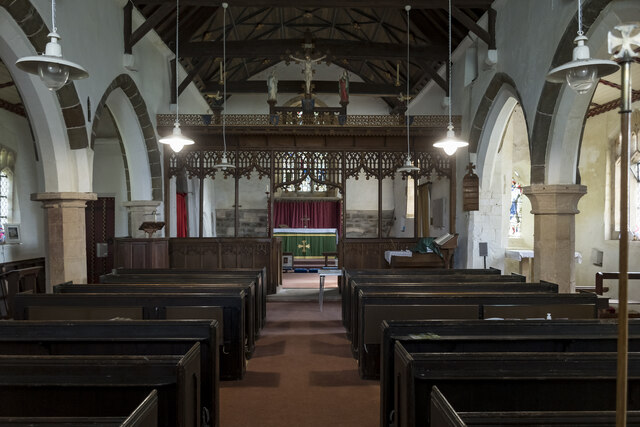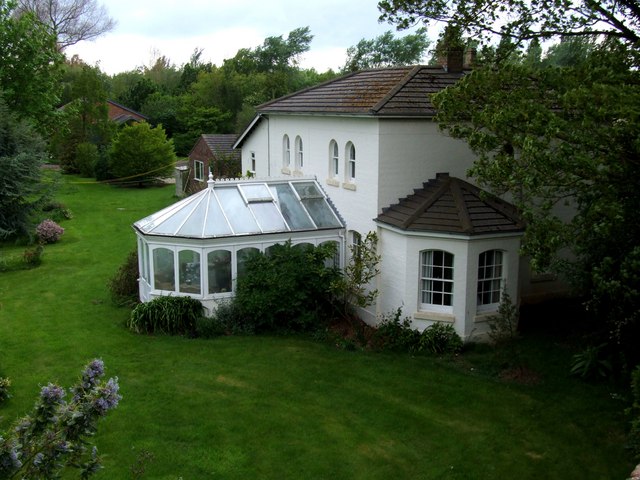Halton Fenside
Settlement in Lincolnshire East Lindsey
England
Halton Fenside
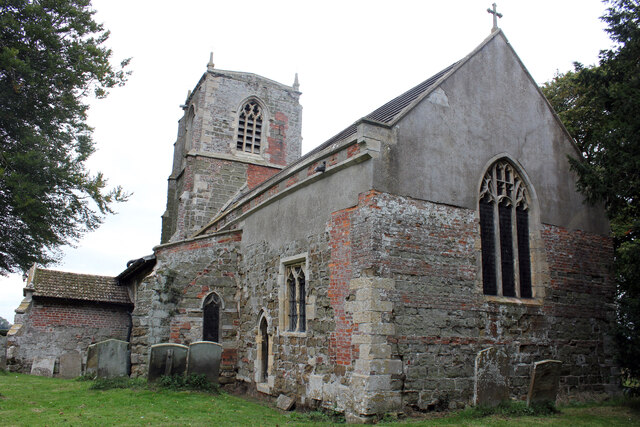
Halton Fenside is a small village located in the county of Lincolnshire, England. Situated approximately 3 miles southeast of the town of Spilsby, it falls within the East Lindsey district. The village is nestled amidst the beautiful Lincolnshire Fens, renowned for their flat and fertile agricultural lands.
The population of Halton Fenside is relatively small, with around 200 residents. The village itself boasts a charming and tranquil atmosphere, offering a peaceful escape from the hustle and bustle of nearby towns. The surrounding countryside is characterized by vast fields and meadows, providing a picturesque backdrop for rural walks and outdoor activities.
Despite its modest size, Halton Fenside is well-connected to neighboring areas. The A16 road passes close by, facilitating easy access to nearby towns and cities. The village also benefits from a regular bus service, providing convenient transportation links for residents and visitors alike.
In terms of amenities, Halton Fenside has limited facilities. There is a small community hall that serves as a hub for local events and gatherings. The nearest primary school and shops can be found in Spilsby, which is a short drive away.
Overall, Halton Fenside offers a serene and idyllic setting, perfect for those seeking a quiet and rural lifestyle. Its proximity to larger towns ensures that residents have access to a wider range of amenities, while still enjoying the tranquility of village life.
If you have any feedback on the listing, please let us know in the comments section below.
Halton Fenside Images
Images are sourced within 2km of 53.148221/0.123944 or Grid Reference TF4263. Thanks to Geograph Open Source API. All images are credited.

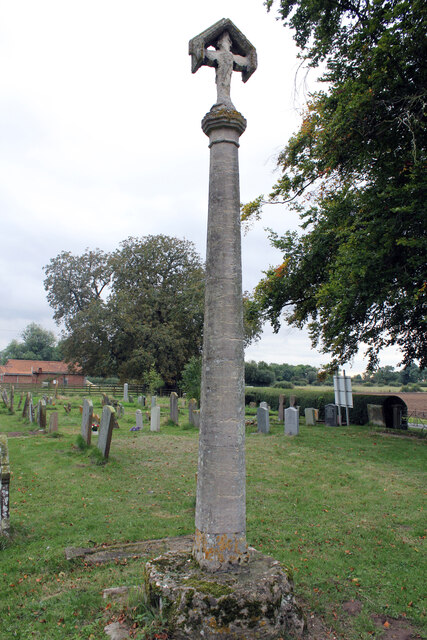


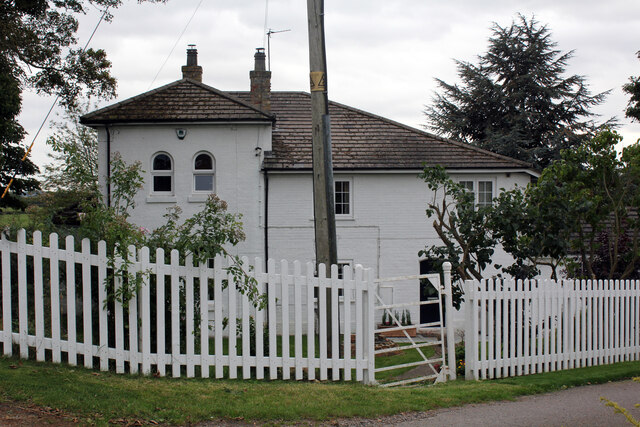
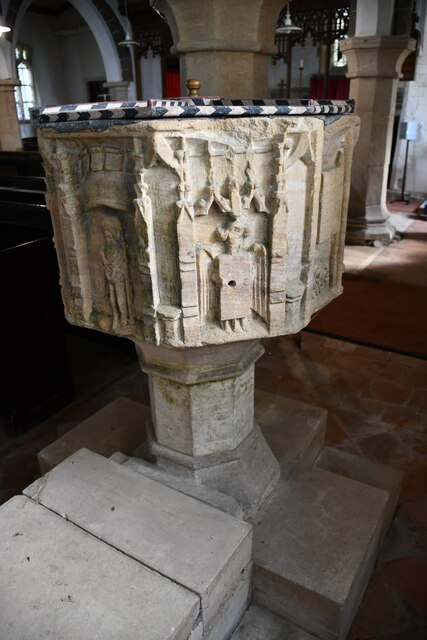
Halton Fenside is located at Grid Ref: TF4263 (Lat: 53.148221, Lng: 0.123944)
Division: Parts of Lindsey
Administrative County: Lincolnshire
District: East Lindsey
Police Authority: Lincolnshire
What 3 Words
///drilling.lush.relishing. Near Spilsby, Lincolnshire
Nearby Locations
Related Wikis
Halton Holegate railway station
Halton Holegate Railway Station is a former station in Halton Holegate, Lincolnshire. It was on a short branch from Firsby to Spilsby. == History of... ==
Old All Saints Church, Great Steeping
Old All Saints Church is a redundant Anglican church in the village of Great Steeping, Lincolnshire, England. It is recorded in the National Heritage...
Toynton St Peter
Toynton St Peter is a village and civil parish in the East Lindsey district of Lincolnshire, England, approximately 2 miles (3 km) south from the town...
Little Steeping
Little Steeping is a village and civil parish in the East Lindsey district of Lincolnshire, England, about 3 miles (5 km) south-east from the town of Spilsby...
Related Videos
Firsby, Lincolnshire Part One – Historic Firsby Clough Village - Treadmill Walking Tour
Firsby, Lincolnshire Part One – Historic Firsby Clough Village Area - Treadmill Walking Tour – Steeping River to Railway Bridge ...
LAKESIDE NATURIST/NUDIST HOLIDAY RESORT - MSFS 2020 - ICON A5
LAKESIDE NATURIST/NUDIST HOLIDAY RESORT A short VFR flight in the popular ICON A5 from the grass airstrip at Skegness ...
Firsby Lincolnshire Part 2 Disappeared History - Railway Station & RAF Base - Treadmill Walking Tour
Firsby, Lincolnshire Part Two – Disappeared History - Railway Station, Hub and RAF Base - Treadmill Walking Tour Starting point: ...
RAF Spilsby Monument, Great Steeping Walk
Country Mouse Walks - RAF Spilsby and Great Steeping Uncut Today we take a walk from the RAF Spilsby Monument, through ...
Nearby Amenities
Located within 500m of 53.148221,0.123944Have you been to Halton Fenside?
Leave your review of Halton Fenside below (or comments, questions and feedback).

